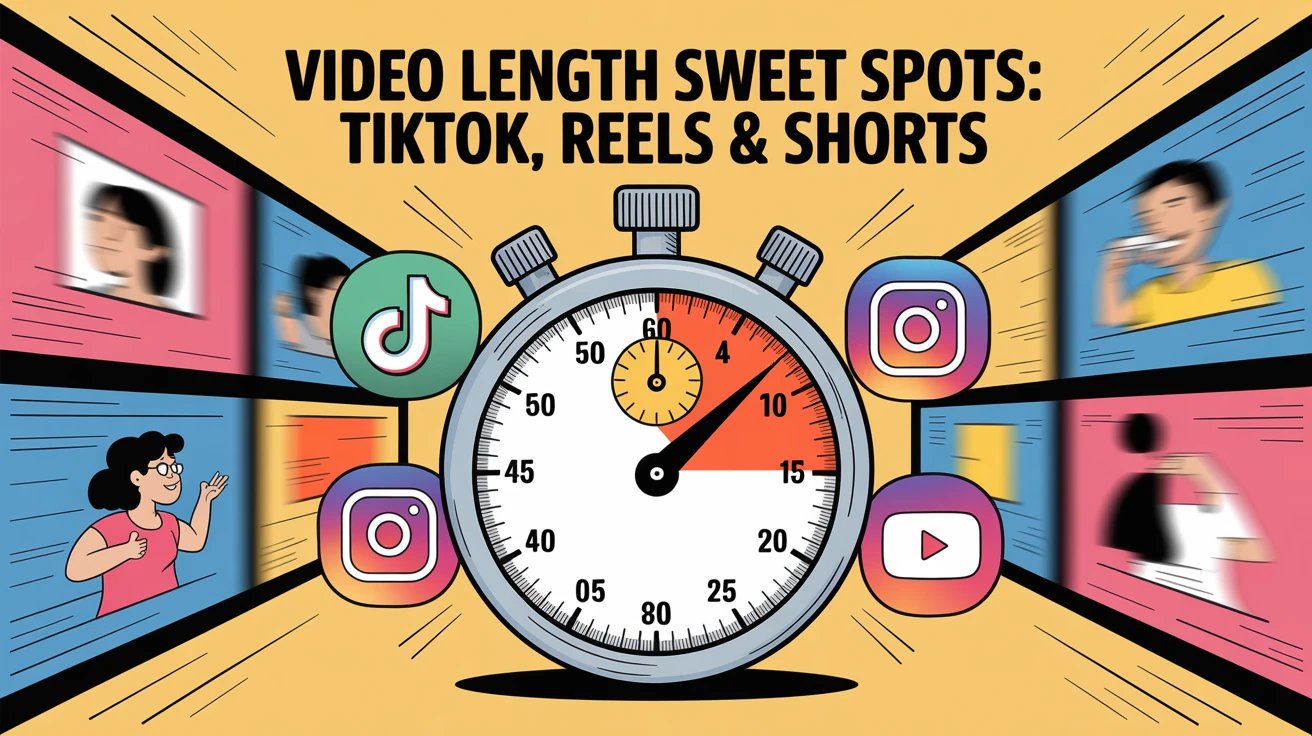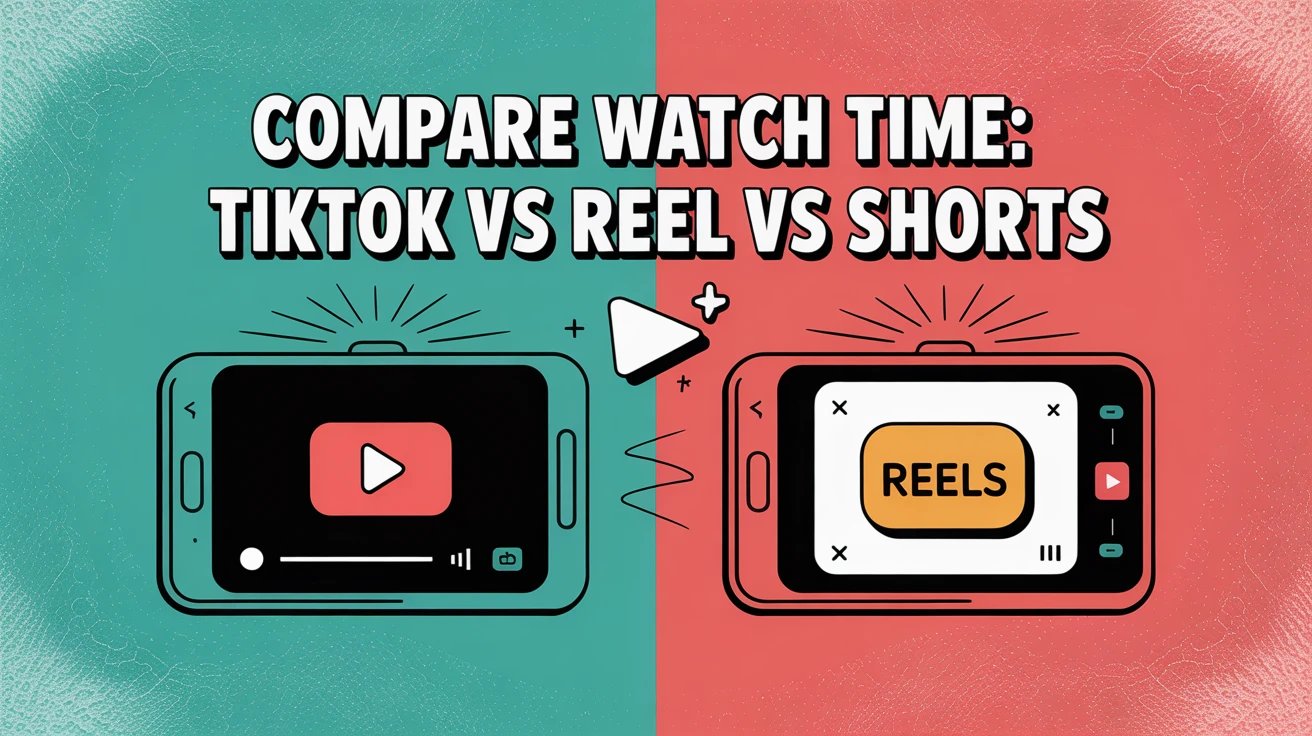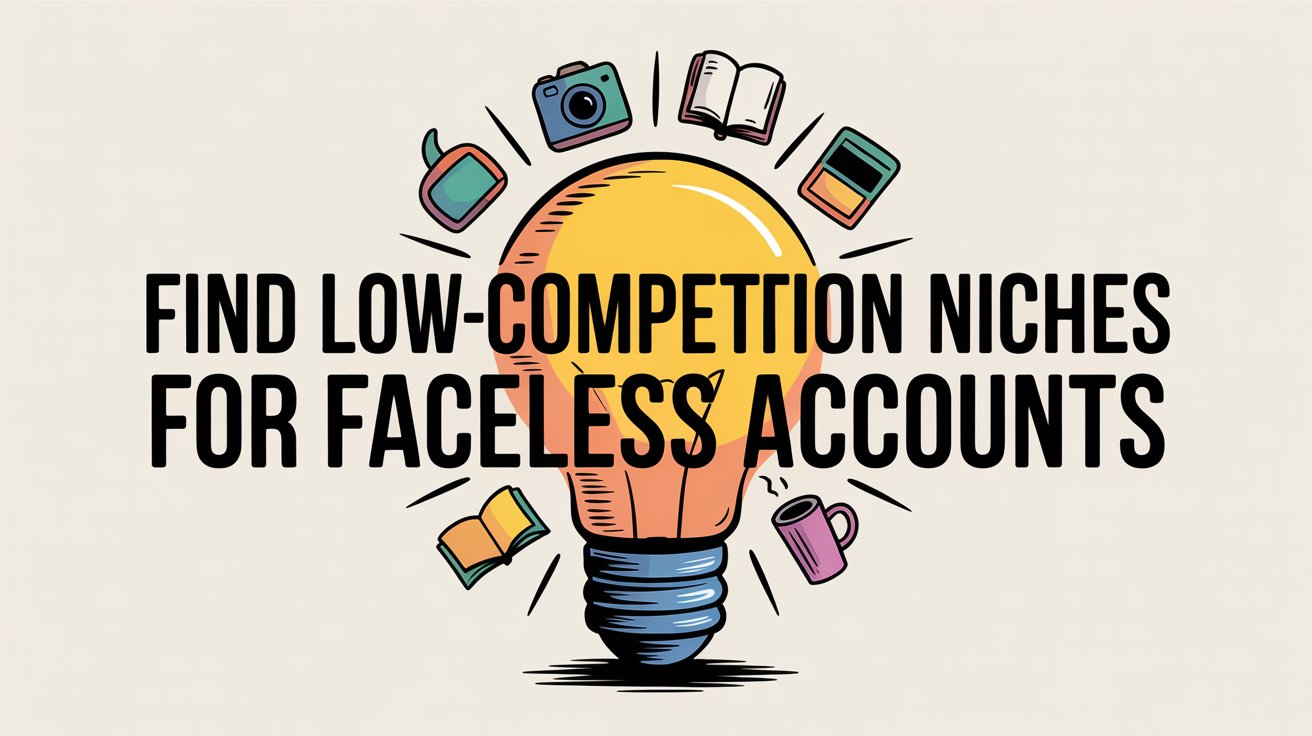The rise of YouTube Shorts has revolutionized content creation, offering creators a new way to reach audiences in bite-sized, impactful videos. However, the competition for visibility is fierce, with creators fighting to stand out in an extremely crowded digital landscape. The key to success lies in optimizing account tags and video descriptions—two powerful tools that influence the YouTube algorithm.
In this post, we’ll explore the importance of tags and descriptions, how they impact discoverability, and actionable strategies to analyze your YouTube Shorts account, so as to improve it for better visibility.
Understanding How the YouTube Algorithm Works
The YouTube algorithm is designed to deliver personalized content to users by analyzing their behavior and preferences. It operates across three main areas:
Homepage Recommendations
The algorithm suggests videos on the user’s homepage based on their watch history, search queries, and engagement with other content. Videos that perform well in terms of click-through rate (CTR) and watch time are more likely to be featured here.
Search Results
When users search for content, YouTube ranks videos based on relevance to the query, metadata (titles, descriptions, tags), and user engagement metrics like likes and comments. Keywords in tags and descriptions play a significant role in ensuring videos appear in relevant searches.
Shorts Feed
The algorithm curates Shorts for users based on their interaction history. Factors like watch duration, replays, and engagement metrics (e.g., likes and shares) determine whether a Short gains traction. Metadata optimization, including well-researched tags and descriptions, helps signal the content’s relevance.
Why Metadata Matters for the Algorithm
While user engagement is critical, metadata like tags and descriptions act as the backbone for discoverability. They help the algorithm understand the video’s content and match it with appropriate audiences. Optimizing these elements ensures your video reaches the right viewers, increases its chances of being recommended, and boosts overall visibility.
By understanding and aligning with the algorithm’s priorities, creators can significantly enhance the reach and impact of their YouTube Shorts.
Why Tags and Descriptions Matter in YouTube Shorts
1. Understanding YouTube’s Algorithm
YouTube’s algorithm determines the visibility of your content based on factors like relevance, engagement, and metadata. While watch time and user interactions are critical, metadata—tags, titles, and descriptions—helps the algorithm understand your content and match it to user queries.
For YouTube Shorts, where virality often hinges on appearing in the Shorts feed, optimizing these elements is essential to maximize reach.
2. Tags and Their Role
Tags act as keywords that describe your content. Though their influence has diminished compared to titles and descriptions, they still play a crucial role in:
- Enhancing YouTube’s understanding of niche topics.
- Correcting misinterpretations of ambiguous titles.
- Supporting SEO efforts for less competitive keywords.
3. Descriptions as a Discovery Tool
Descriptions offer a rich opportunity to provide context about your video. For YouTube Shorts, the first few lines are critical—they’re visible in search results and can influence click-through rates. A well-crafted description can:
- Attract the right audience by including strategic keywords.
- Encourage action through CTAs (e.g., “Subscribe for more!”).
- Provide additional context, such as links to other social platforms or merchandise.
Strategies to Optimize Tags and Descriptions
1. Conduct Keyword Research
Start by identifying the keywords your target audience is searching for. Tools like Google Trends, TubeBuddy, and VidIQ can help pinpoint high-performing keywords related to your niche. For example:
- Use broader terms for maximum reach, such as “funny dog shorts.”
- Include niche-specific terms for targeted discovery, like “puppy obedience tips.”
2. Analyze Competitor Tags and Descriptions
Studying competitors is one of the fastest ways to understand what works. Look for:
- Commonly used tags in viral Shorts within your niche.
- How competitors structure their descriptions, including keyword placement and CTAs.
3. Structure Your Tags Effectively
Tags should:
- Include primary and secondary keywords.
- Be both broad and specific. For example:
- Broad: “DIY hacks.”
- Specific: “how to make DIY wall art.”
- Avoid overstuffing irrelevant or repetitive tags, as this can lower your credibility.
4. Write Descriptions that Drive Engagement
Craft descriptions using the following best practices:
- Begin with a strong, keyword-rich sentence that summarizes the video.
- Incorporate a mix of primary keywords (e.g., “YouTube Shorts SEO”) and related phrases (e.g., “how to optimize Shorts for discovery”).
- Add timestamps for longer Shorts compilations to improve user navigation.
- Include links to your social media, website, or affiliate products.
5. Use Tools for Tag and Description Analysis
Platforms like Shortimize and TubeBuddy allow you to analyze your YouTube Shorts account and that of competitors. Metrics to watch include:
- Tag rankings for your Shorts.
- Keyword usage frequency.
- Engagement trends tied to description content.
Evaluating Performance and Iterating
Optimizing tags and descriptions is not a one-time effort. Continuously monitor your Shorts’ performance and adjust your metadata based on what works. Use YouTube Analytics to track:
- Search terms driving traffic to your Shorts.
- Engagement metrics, such as click-through rates and watch duration.
- Audience demographics and behaviors to tailor your content further.
Additionally, A/B testing can help refine descriptions. Experiment with different keywords, tones, or CTAs to identify what resonates most with your audience.
Final Thoughts
Navigating the YouTube algorithm may seem scary, but if you take a strategic approach to tags and descriptions you’ll find a competitive edge. By analyzing trends, studying competitors, and fine-tuning your metadata, you can increase the visibility of your YouTube Shorts and attract a broader audience.
Remember, success on YouTube is not just about creating great content; it’s about ensuring that content gets discovered. Start optimizing your tags and descriptions today, and watch your Shorts gain visibility in the digital arena.



